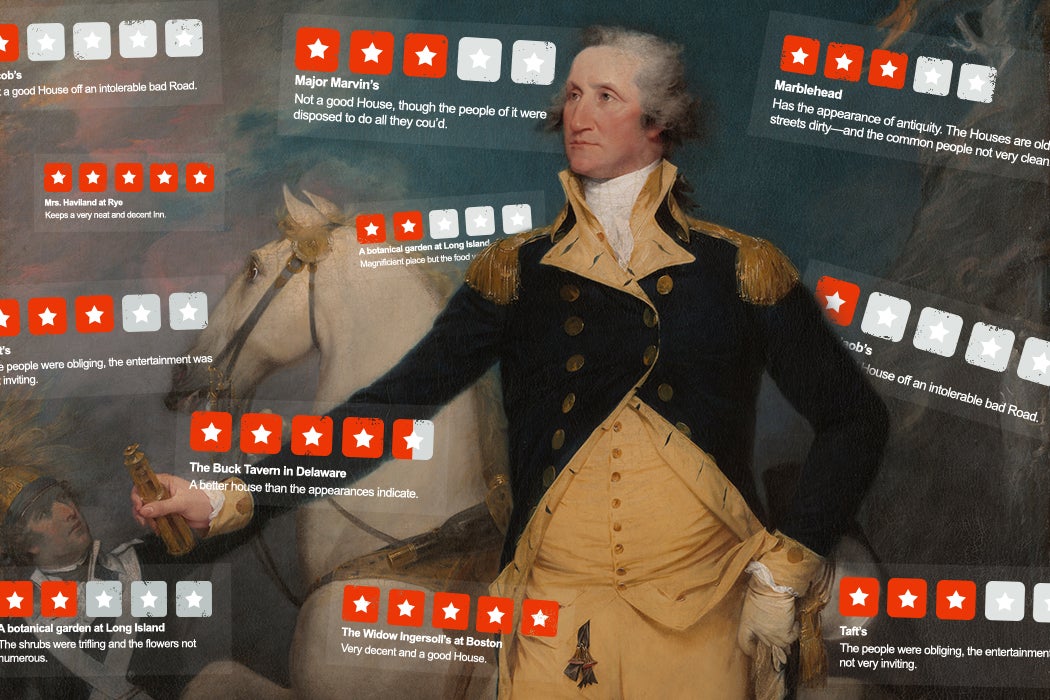Whether it’s a chain location near some regional airport or a landmark in the heart of a big city, there’s something distinct about a hotel. They’re imposing buildings featuring lots of guest rooms, high-ceilinged gathering spaces, often a bar, and usually decent standardized food. As historian A. K. Sandoval-Strausz explains, this model got its start in the US right at the time that the country was taking form under its new Constitution.
Prior to the 1790s, Sandoval-Strausz writes, the places travelers could stay in American cities and towns were “public houses.” These inns and taverns were frequently dirty, flea-infested, and known for poor food and service. They were often just repurposed private homes or shops, typically with six to ten rooms. Travelers often shared rooms, and even beds, with strangers.
With the establishment of the new federal government came a new kind of public accommodation. The first of these was the Union Public Hotel in Washington, begun in 1793. The idea came from Samuel Blodget, supervisor of buildings and improvements for the new Federal City, who believed the new capital needed an attractive place for visitors to stay. He organized a lottery to pay for the construction. The hotel was among the grandest buildings in the city, along with the also-new White House and Capitol.
Sandoval-Strausz writes that developers in other cities followed suit, with the support of local political leaders. The next year, work began on the City Hotel in New York, which would be the second most valuable building in that city, after the New York Stock Exchange. The most impressive early hotel was the Exchange Coffee House in Boston. It was built in the shape of a trapezoid and featured an enormous atrium and a glass-domed observatory. It rose to more than 100 feet—which ultimately doomed it. When a fire hit its attic in 1818, no ladders in the city could reach the blaze.
The new, grand hotels were financed by some of the wealthiest people in their respective cities, largely merchants and other professionals whose livelihood was wrapped up in trade networks. They helped build the hotels, along with infrastructure like turnpikes, bridges, and canals, to facilitate travel by business and political leaders, as well as ordinary traders.
Weekly Newsletter
The early US hotels still had large public sleeping rooms. But, to accommodate elite travelers, they also had many private bedchambers, grand halls, and places for private meetings. Some also contained ballrooms, bars, stores, and offices. They were designed in an elegant, international style, replete with mirrors, crystal chandeliers, and draped fabrics. When British troops burned the Capitol during the War of 1812, Congress held its sessions at the Union Public for more than a year.
“Visually, their imposing architecture symbolized commerce and valorized its pursuit in a nation which was still overwhelmingly agrarian,” Sandoval-Strausz writes.
Soon, hotels popped up all over the new country, all more or less modeled on the imposing designs of the first American hotels.








